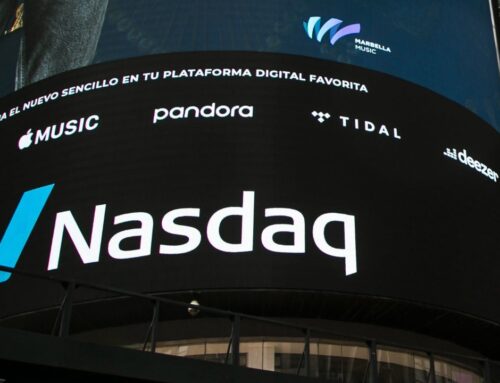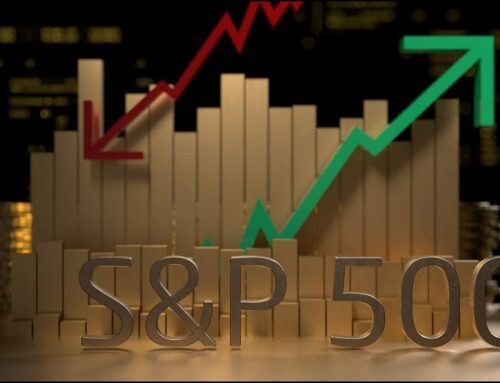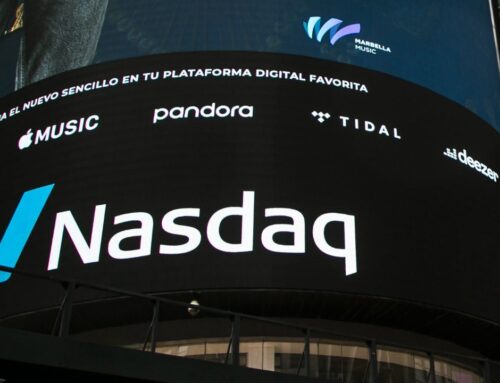Introduction
Welcome to our comprehensive analysis of CMG’s recent Elliott Wave pattern and its potential for a long-term Fibonacci breakout. In this article, we will delve into the intricacies of CMG’s price movements, focusing on the waves, support levels, and resistance points. We will also explore the implications of the Elliott Wave theory and its projection for CMG’s future price targets.
Understanding the Elliott Wave Principle
The Elliott Wave Theory, developed by Ralph Nelson Elliott in the 1930s, is a technical analysis approach that aims to forecast market trends by identifying repetitive wave patterns. These patterns consist of a series of impulsive and corrective waves, each representing investor psychology and market sentiment.
CMG’s Elliott Wave Analysis
To begin our analysis, let’s examine CMG’s historical price movements and identify the key waves that have shaped its current pattern.
Wave 1: Impulsive Move from 250 to 1950
CMG’s first wave, labeled as Wave 1, represents a strong impulsive move from 250 to 1950. This upward surge reflects a period of bullish sentiment and significant buying pressure. Wave 1 is typically characterized by a rapid increase in price and high trading volume.
Wave 2: Corrective Zigzag Fade from 1950 to 1200
Following Wave 1, CMG experienced a corrective zigzag fade, known as Wave 2, from 1950 to 1200. Wave 2 serves as a temporary retracement in price, allowing the market to consolidate after the preceding strong upward move. In CMG’s case, Wave 2 held the .618 Fibonacci support level, indicating a significant level of buying interest.
Wave 3: The Long-Term Breakout
Currently, CMG is in the midst of Wave 3, which has surpassed the 1.00 resistance level at 1950. Wave 3 is often the most powerful and extended wave, characterized by a significant surge in price. If Wave 3 reaches 1.618 times the length of Wave 1 (W1), CMG’s long-term price target could be as high as 3950-4000.
The Significance of Fibonacci Levels
Fibonacci retracement levels play a crucial role in CMG’s Elliott Wave analysis. These levels, derived from the Fibonacci sequence, are used to identify potential support and resistance areas. In CMG’s case, the .618 Fibonacci retracement level provided a strong support level during Wave 2, indicating a high probability of an upward price reversal.
Ted Aguhob’s Perspective on CMG’s Elliott Wave Analysis
Renowned market analyst Ted Aguhob emphasizes the importance of Elliott Wave analysis in predicting CMG’s future price movements. Aguhob believes that the completion of Wave 3 and the subsequent corrective waves could provide lucrative trading opportunities for investors.
According to Aguhob, the combination of CMG’s strong fundamentals, positive market sentiment, and the Elliott Wave pattern suggests a bullish outlook for the stock. However, he also cautions that market volatility and unforeseen events could impact the accuracy of the projected price targets.
Conclusion: The Potential of CMG’s Long-Term Fibonacci Breakout
In conclusion, CMG’s Elliott Wave analysis reveals a promising long-term Fibonacci breakout potential. The completion of Wave 3 and the subsequent corrective waves could propel CMG’s price to new heights, with a projected target range of 3950-4000.
However, it is crucial to consider the inherent uncertainties of the market and the potential impact of unforeseen events. Investors should exercise caution and conduct thorough research before making any investment decisions.






